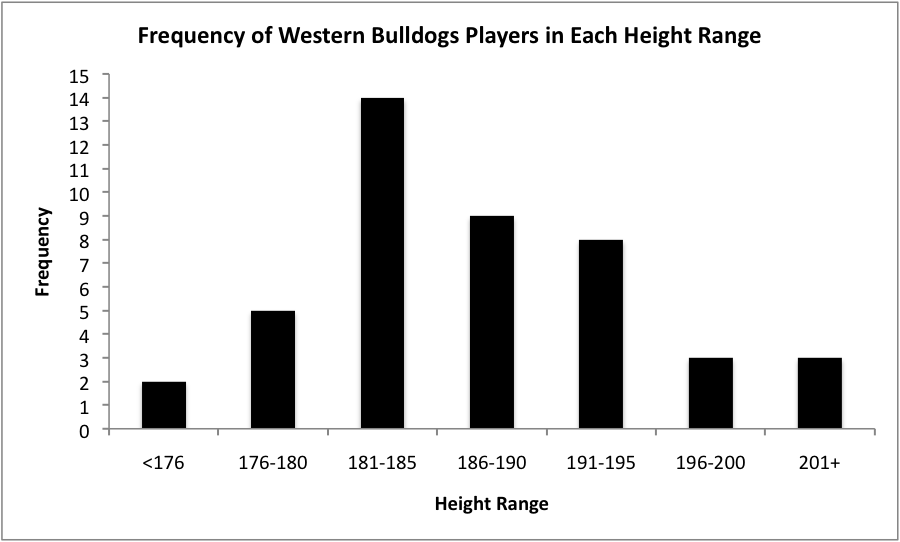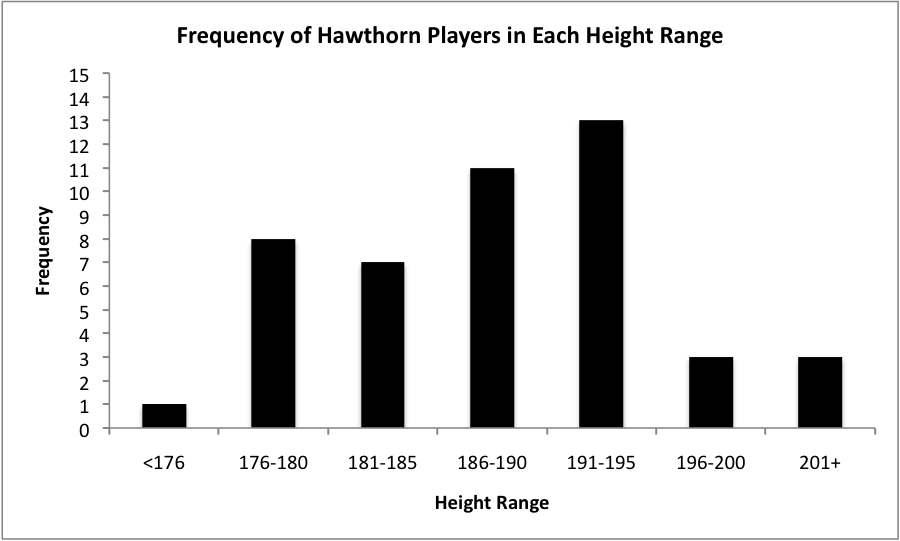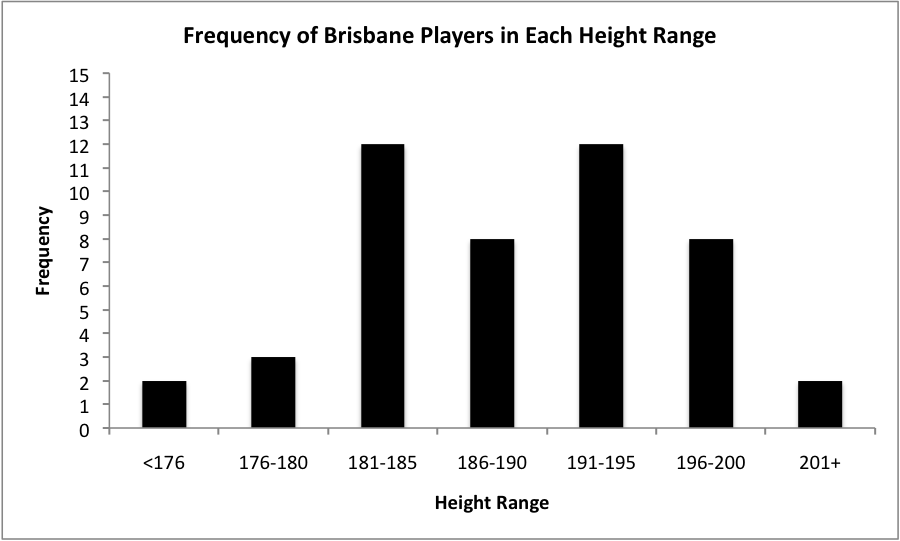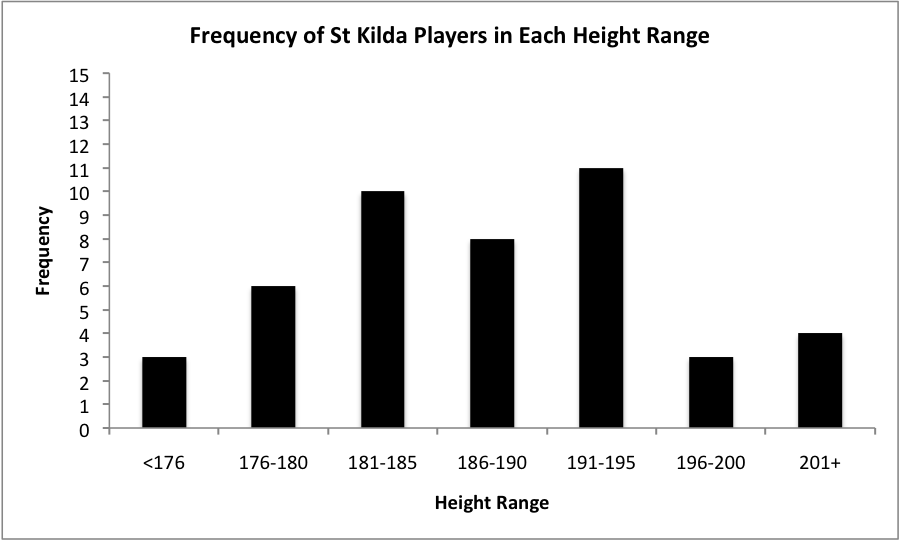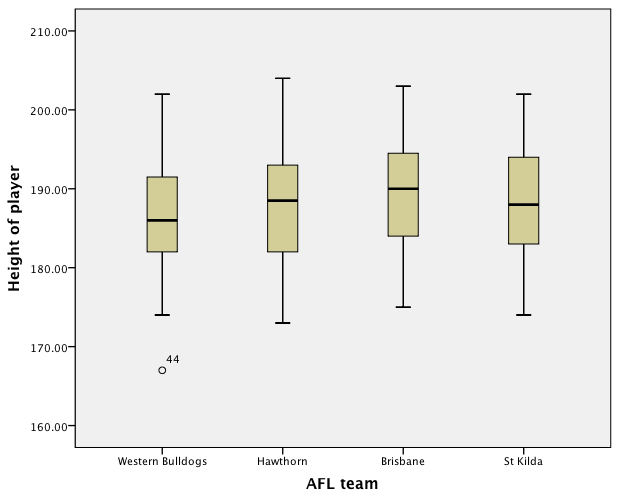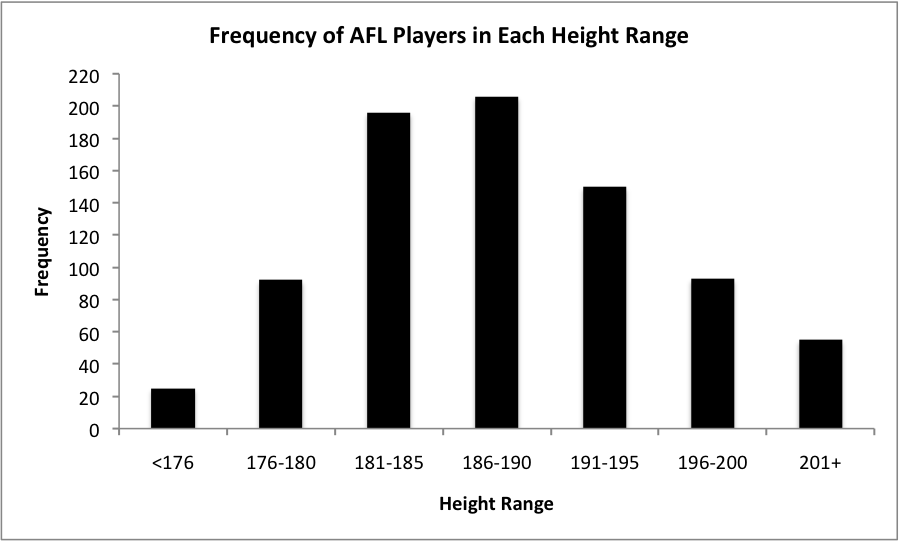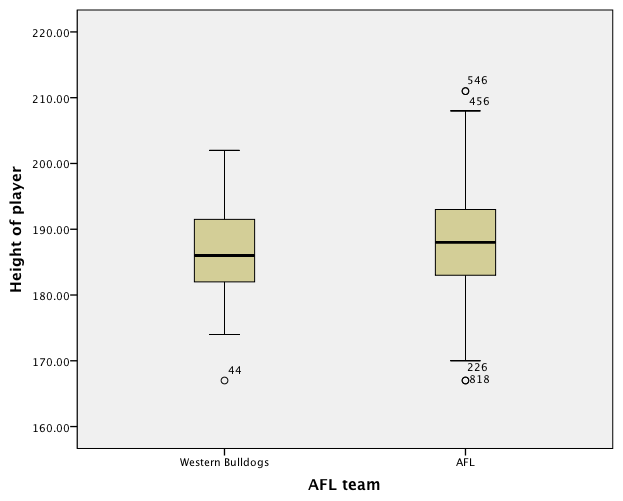Dannnnnnnnnn
Moderator
- Aug 24, 2012
- 37,308
- 53,478
- AFL Club
- Western Bulldogs
- Other Teams
- T'Wolves/Patrick Beverley/Footscray
- Moderator
- #1
Over the past few years, much of the talk around the board has been the quality, balance and age demographic of our list. For many of these years the consensus has been that the list lacks quality, is unbalanced in a number of factors, and is far too mature-heavy - not exactly a groundbreaking opinion. But with both Simon Dalrymple and Jason McCartney celebrating our efforts over the 2014 off-season, and our recruiting over the past few years solid at worst, our list should be beginning to take shape and draw ever closer to becoming competent, balanced and successful. With that said, though, one question remains - how far away is it from becoming this way?
I've analysed the list from a number of perspectives in order to get a better idea of the answer to this question. Some of the perspectives are obvious - including height and age breakdown - while some are a bit more abstract. Some utilise statistical analysis; others are entirely subjective and will not be unanimously agreed upon. In order to make these opinions as transparent as possible, however, I have utilised three comparison teams - one 'elite' team (Hawthorn), one 'middle-ground' team (Brisbane), and one 'similar ground to us' team (St Kilda*).
I'll be aiming to release at least one module per week over the off-season, in order to ensure that the OP isn't a Herculean word-wall that nobody will read, and also to give you time to digest and discuss the posted module. I've also included a 'layman's conclusion' section to each portion of the posts that require one. This will boil all the stats presented in that section down to a one-sentence conclusion. So if you're going to skim-read, check these sections out. The heading will be italicised.
While I have been largely AFK since the national draft the recurring theme on the board in that time seems to be the large number of smalls taken this year. As such, I've decided that the first module to be released will be a two-part analysis of the height of our list. It will be broken up into a number of sections. The first part (overall distribution of height) will be posted shortly, with the second part (distribution of height by position) to follow in the next day or two.
I'm open to suggestions of perspectives/modules that should be analysed - just post your ideas and I'll get to them (if I have a good way of doing so) when I get time. I do have a number of modules already written, as well as many more planned, however, so they will get priority.
I hope you enjoy the analyses. Feel free to rebut some of the points, request clarification or ask any questions you may have - I'll do my best to get to them.
*Before people get caught up in this comparison, I mean we're on similar ground in terms of circumstances - two sides that loaded up for a premiership tilt and ultimately failed, leaving a disappointing minority of young talent and necessitating a rebuild.
I've analysed the list from a number of perspectives in order to get a better idea of the answer to this question. Some of the perspectives are obvious - including height and age breakdown - while some are a bit more abstract. Some utilise statistical analysis; others are entirely subjective and will not be unanimously agreed upon. In order to make these opinions as transparent as possible, however, I have utilised three comparison teams - one 'elite' team (Hawthorn), one 'middle-ground' team (Brisbane), and one 'similar ground to us' team (St Kilda*).
I'll be aiming to release at least one module per week over the off-season, in order to ensure that the OP isn't a Herculean word-wall that nobody will read, and also to give you time to digest and discuss the posted module. I've also included a 'layman's conclusion' section to each portion of the posts that require one. This will boil all the stats presented in that section down to a one-sentence conclusion. So if you're going to skim-read, check these sections out. The heading will be italicised.
While I have been largely AFK since the national draft the recurring theme on the board in that time seems to be the large number of smalls taken this year. As such, I've decided that the first module to be released will be a two-part analysis of the height of our list. It will be broken up into a number of sections. The first part (overall distribution of height) will be posted shortly, with the second part (distribution of height by position) to follow in the next day or two.
I'm open to suggestions of perspectives/modules that should be analysed - just post your ideas and I'll get to them (if I have a good way of doing so) when I get time. I do have a number of modules already written, as well as many more planned, however, so they will get priority.
I hope you enjoy the analyses. Feel free to rebut some of the points, request clarification or ask any questions you may have - I'll do my best to get to them.
*Before people get caught up in this comparison, I mean we're on similar ground in terms of circumstances - two sides that loaded up for a premiership tilt and ultimately failed, leaving a disappointing minority of young talent and necessitating a rebuild.




